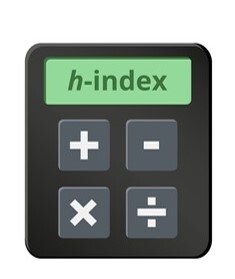What is the significance of impact factor and h-index when assessing journal quality and research impact?



The impact factor measures the average number of citations received by articles published in a journal over the previous two years.
Journals with higher impact factors are thought to publish higher-quality, more influential research.
Doctoral students and researchers can use the impact factor to help them choose which journals to publish in.
Publishing in high-impact journals can increase the credibility and visibility of one's research.
However, the impact factor should not be the only criterion; other factors, such as the journal's scope, editorial board, and readership, should also be considered.

The h-index is a metric that aims to quantify an individual researcher's scholarly impact and productivity.
A researcher has an h-index of h if they have h publications that have each been cited at least h times.
The h-index is commonly used by hiring, promotion, and funding committees to assess individual scholars' research contributions.
A higher h-index typically indicates that a researcher has published a significant body of influential work.

Citation patterns and publication norms can vary widely across academic fields, making it challenging to compare impact metrics directly within different fields.
Researchers may attempt to artificially inflate their metrics through tactics like self-citation or publishing in predatory journals.
Impact factor and h-index focus solely on quantitative citation data, failing to capture the broader qualitative and societal impact of research.
There can be substantial delays between publication and the accumulation of citations, skewing the assessment of more recently published work.
The impact factor and h-index should be considered as two potential indicators of research quality and influence.
Doctoral students and scholars should weigh these metrics alongside others, such as peer review, research funding, awards and honors, and real-world work experience.
Emerging alternatives to traditional bibliometric measures are being developed to provide a more inclusive and nuanced landscape for assessing research impact.

Are you a doctoral student or researcher struggling to identify the best publication venues for your work? Let SITA's expert journal recommendation service take the guesswork out of the equation.
Simply provide us with your field of study and the title of your paper, and our team of academic publishing specialists will curate a tailored list of journals that align perfectly with your research.
We'll analyze factors like journal scope, editorial board, audience, and impact metrics to ensure you're targeting the most prestigious and relevant outlets for maximum visibility and credibility.
Take the stress out of the publication process - let SITA guide you to the ideal journals for your manuscript.
Contact us today to get started!
If you have any questions, inquiries, or would like to learn more about our services, please don't hesitate to reach out to us. Our dedicated team is ready to assist you.